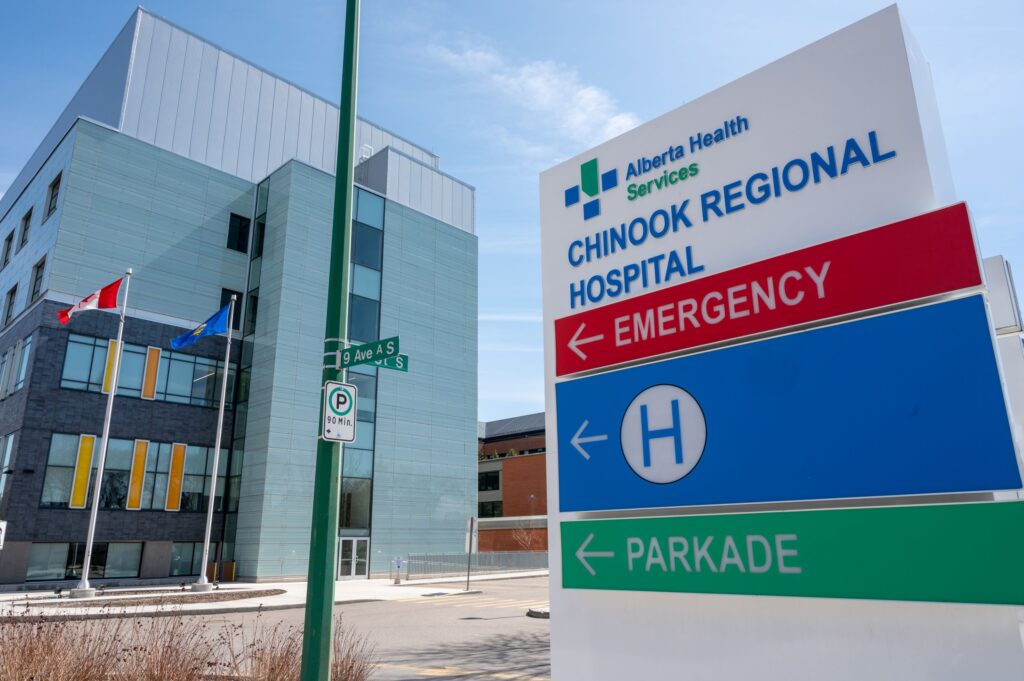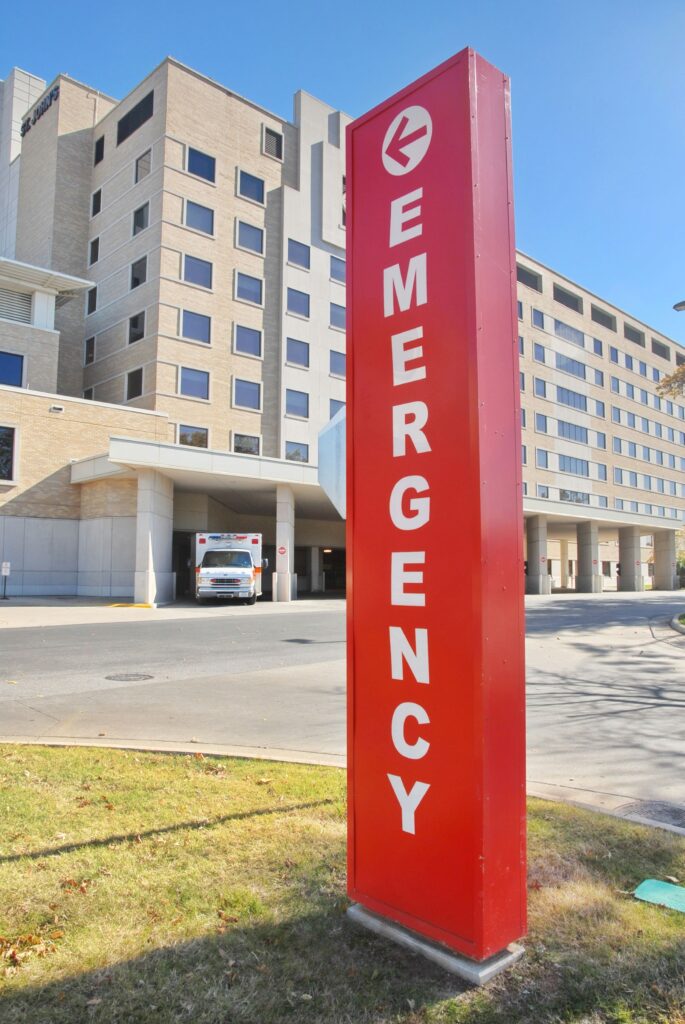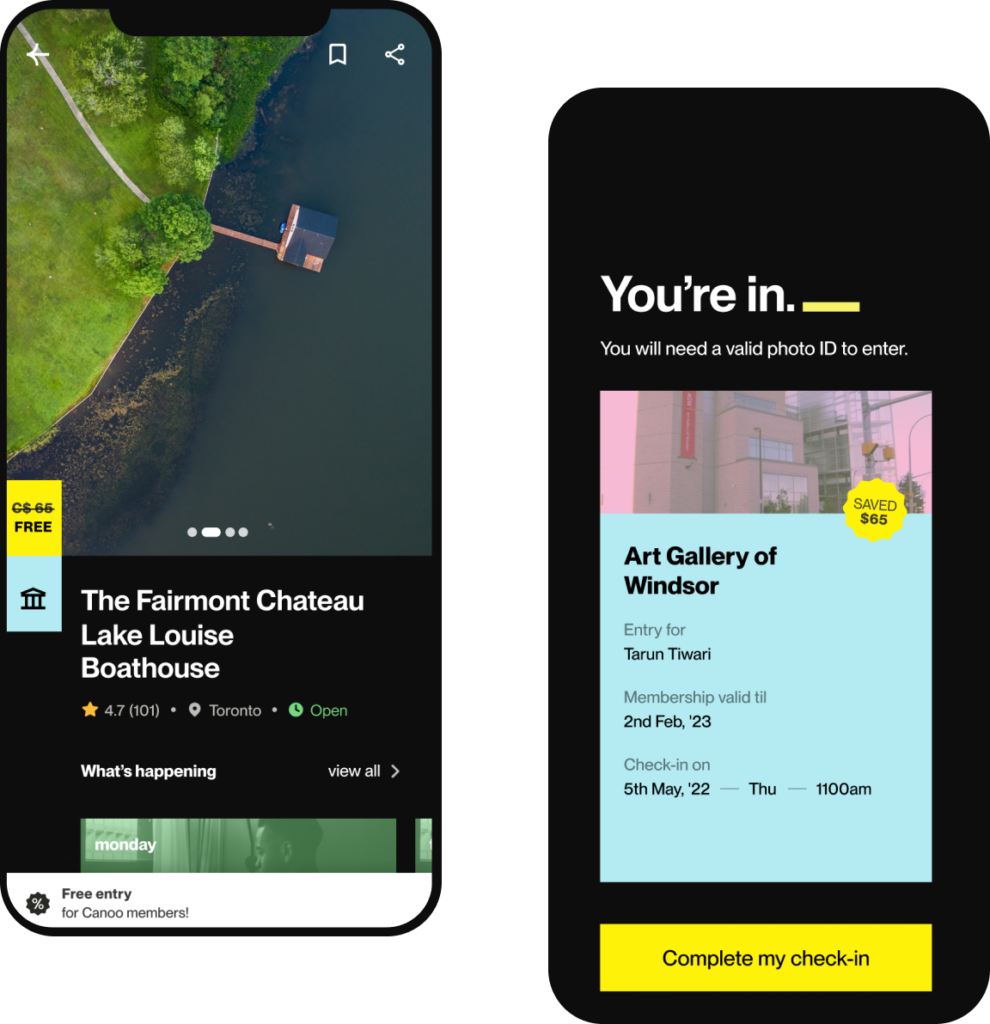As a new citizen or permanent resident, it’s essential to understand your rights and responsibilities within Canada’s healthcare system. This blog has brief explanations and practical steps to ensure you can access the healthcare you need for a healthy and fulfilling life in your new home.
Understanding Your Healthcare Rights
What Healthcare Rights Do I Have in Canada?
As a new citizen or permanent resident (PR) in Canada, you are entitled to:
1. Universal Healthcare Coverage
In Canada, the concept of universal healthcare is a cornerstone of government policy. As a new citizen or permanent resident, you have the right to access medically necessary services without direct payment at the time you use the services (also called the point of care). These services include doctor’s visits, hospital care, surgeries, and diagnostic tests. It’s a system funded by the public and designed for everyone to have equal access to healthcare.
2. Provincial and Territorial Plans
While we refer to it as “universal healthcare,” there isn’t a single national health insurance plan. Instead, the federal government sets standards and contributes to funding, while each province or territory administers its own healthcare plan. This means that your specific healthcare plan will depend on where you live.
For example, if you reside in Ontario, you’ll receive coverage under the Ontario Health Insurance Plan (OHIP). If you’re in British Columbia, healthcare is run by the Medical Services Plan (MSP). It’s crucial to note that healthcare plans may vary slightly depending on your location.
Pro Tip: While your regional healthcare plan covers you within Canada, it’s essential to secure extra insurance if you plan on travelling abroad.
Your First Steps in Canada’s Healthcare System
How Do I Access Healthcare Services in Canada?
You must register with a Provincial Plan. Do this as soon as possible to avoid unnecessary waiting periods. Each province or territory has its own process, so it’s essential to understand the specific requirements in your area.
To complete your registration and get a health card, you can visit your province’s healthcare website.
Once you have been approved, you’ll receive a health card. This card is your ticket to accessing healthcare services and should be presented at the doctor’s office or hospital during your visits.

What’s Covered and What’s Not?
Understanding the scope of your coverage is crucial to avoid unexpected expenses. Here’s a breakdown of what’s typically covered and what may not be under your provincial or territorial plan:
Covered:
– Doctor’s visits, clinic appointments, and hospital stays.
– Medically necessary treatments and surgeries.
– Emergency dental treatments performed in hospitals.
– General healthcare requirements, such as check-ups, lab tests, and treatments at the doctor’s office or hospital.
Not Covered:
– Prescription drugs: Medications prescribed by your doctor are sometimes, but not always included in your provincial or territorial plan. You’ll need to cover the cost of these drugs or use private insurance providers to access prescription drug plans that may save you money in the long run.
– Specialist services: Visits to specialists like optometrists, osteopaths, chiropractors, and physiotherapists are generally not covered.
– Medical equipment: Coverage for items like crutches, wheelchairs, braces, and orthotics may vary depending on your plan.
– Eyeglasses, hearing aids, and dental care: Unfortunately, these are not covered. However, there are initiatives to provide dental coverage for low-income and middle-income Canadians.
Do I Need Additional Health Insurance?
While your regional healthcare plan covers primary care and emergencies, some individuals and families may require additional insurance for full coverage. Specialized insurance plans can cover various healthcare needs, including prescriptions, specialist visits, mental health care, and medical supplies. These types of coverage plans are also sometimes available with full-time working opportunities.
Pro Tip: It’s wise to consider your specific healthcare needs and consult with insurance providers to find a plan that suits you best.
Finding Your Healthcare Ally
In Canada, having a general practitioner (GP), such as a family doctor or nurse practitioner, is the first step in managing your health. Here’s how you can find yours:
– Ask for Recommendations: Reach out to friends or family members for recommendations on trusted GPs.
– Online Research: Use online resources to identify GPs in your area who are accepting new patients. In some regions, there may be waitlists for GPs, so starting the process early is advisable. However, even while on a waitlist, you can still receive medical assistance.
– Telehealth: This is a free and confidential telephone service for non-emergent issues.
– Walk-in Clinics: These are places where you can receive medical care without an appointment.
– Emergency Care: In cases of serious injuries or urgent health issues, your local hospital’s emergency room is always available.
– Specialist Referrals: If your primary care physician determines that you need specialized care, they will refer you to a specialist. Specialist services that are required in more severe circumstances, such as cardiology or specialists who help with cancer treatments are typically covered under provincial health insurance plans.

Your Role and Responsibility as a New Citizen
What Role Do I Play in the Canadian Healthcare System?
Your role and responsibility as a new citizen or PR holder in Canada is crucial:
– Practice Preventive Care: Stay proactive about your health by staying up to date with immunizations and screenings. Preventive care is essential for maintaining good health.
– Engage with Mental Health Services: Prioritize your mental health and seek support when needed. Mental health is integral to your overall well-being. For more information, explore the Mental Health Commission of Canada for resources and support.
– Contribute to Community Wellness: Engage with community health centers and contribute to the well-being of your community. Your active involvement helps build stronger, healthier communities. Many communities have health centers that offer a range of services, including vaccinations, maternal and child health programs, and support for chronic conditions. For more information, check with your local community health center or visit Canadian Community Health Centers for insights into community-based healthcare.
As a new citizen or PR in Canada, you have both healthcare rights and responsibilities. By understanding these rights, following the steps to access healthcare services, and actively engaging with resources and programs, you ensure not only your well-being but also that you have the chance to contribute to the overall health of your community.





